15 Reasons Honeybees Are The Most Incredible Insects On Earth

Imagine a world without ice cream or apples; that’s the chaos we’d face without honeybees. These buzzing dynamos are not just about honey; they play a starring role in our ecosystem.
From their complex communication dances to their astonishing work ethic, honeybees are a marvel of nature. Let’s explore 15 jaw-dropping reasons why these tiny insects reign supreme in the insect world.
1. Complex Communication
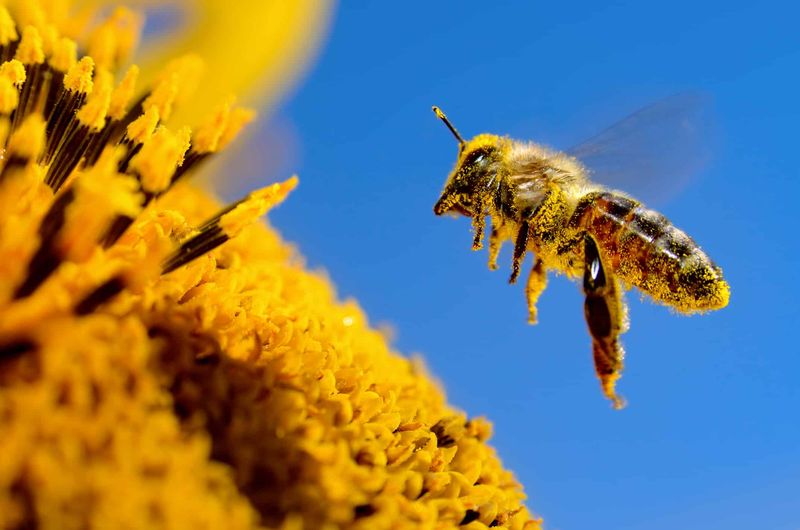
Ever wondered how honeybees share the best food spots? They dance! The waggle dance is their GPS, guiding fellow bees to flowers rich in nectar. This intricate dance involves specific movements that indicate direction and distance. It’s like bee ballet, only with more purpose—and a lot more buzzing.
2. Architectural Genius
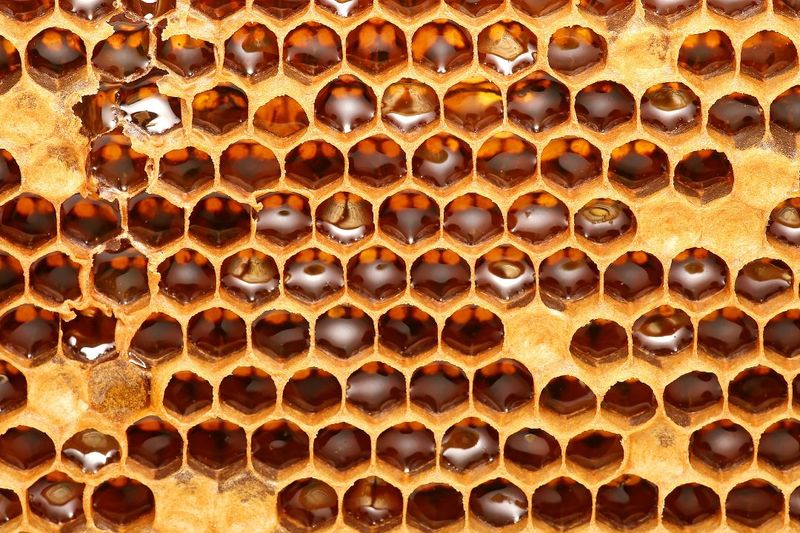
Next time you see a honeycomb, think geometry genius. Honeybees construct perfect hexagons to store honey. This shape isn’t just pretty; it’s the most efficient way to use space and materials. With each cell, they maximize capacity while minimizing wax use. It’s nature’s very own architectural masterpiece.
3. Superb Pollinators
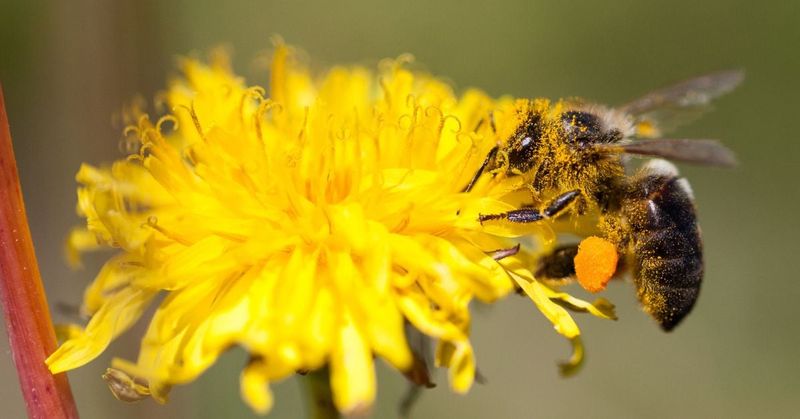
While they may not wear capes, honeybees are genuine superheroes in gardens. They flit from bloom to bloom, ensuring plants reproduce by spreading pollen. This not only supports biodiversity but also boosts crop yields, making honeybees essential for our food supply. They’re the unsung heroes of agriculture.
4. Queen’s Role

In the bee world, there truly is a queen. The queen bee’s main job is to lay eggs—up to 2,000 a day! Her pheromones also help maintain the hive’s social structure. Surrounded by attendants, she’s the heartbeat of the hive, ensuring its continuity and harmony.
5. Incredible Journeys
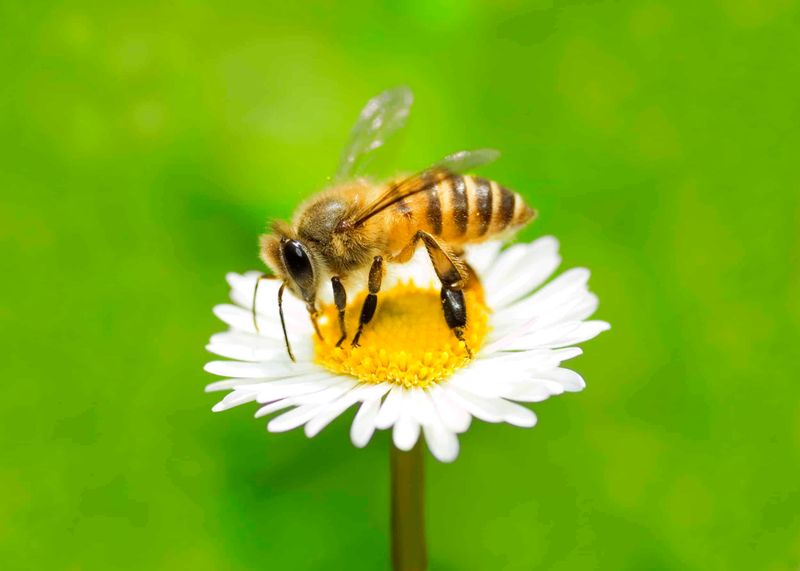
For tiny beings, honeybees travel astonishing distances. A single bee can cover up to five miles in a foraging trip, searching for nectar and pollen. That’s akin to a human running a marathon! Their determination and stamina are truly inspiring, showcasing their vital role in nature.
6. Efficient Workers
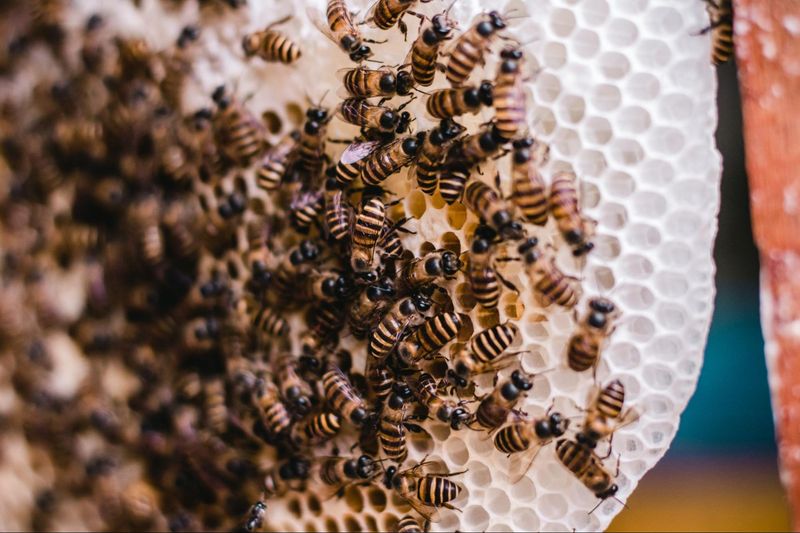
In a hive, every bee has a job. From cleaning and nursing to foraging and guarding, each role is crucial for hive survival. They work tirelessly, with a single bee visiting hundreds of flowers daily. This teamwork and tireless work ethic demonstrate nature’s incredible efficiency.
7. Selfless Behavior
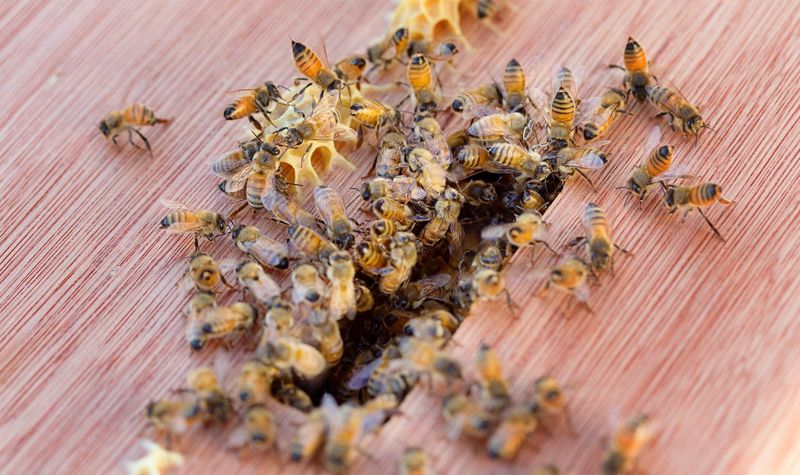
Honeybees epitomize selflessness. Worker bees sacrifice their ability to reproduce, dedicating their lives to the colony. They care for the queen, nurse the young, and even guard the hive. Their communal lifestyle is a testament to cooperation and survival, making them unique in the insect world.
8. Amazing Honey Production
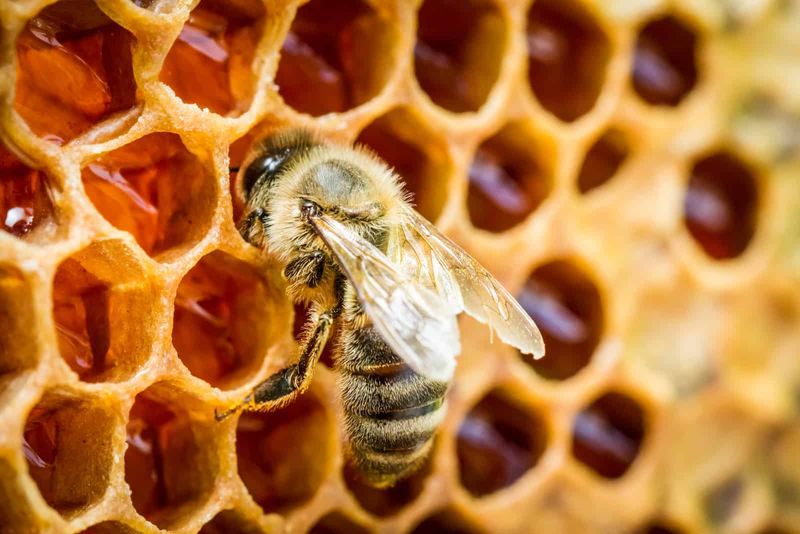
Sweet and golden, honey is more than just a treat. Honeybees produce this nectar through a fascinating process involving nectar collection, regurgitation, and evaporation. It’s not just food; it’s a natural preservative, rich in antioxidants and enzymes. Honey production is truly an art form mastered by bees.
9. Bee Navigation
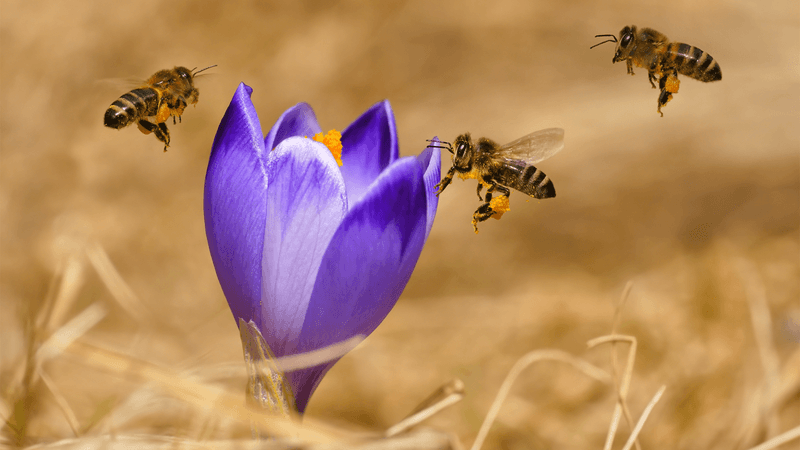
Imagine navigating without a GPS. Honeybees use the sun as their guide, alongside an internal compass. They can also detect polarized light, helping them find their way even on cloudy days. Their remarkable navigation skills ensure they always return home, no matter how far they roam.
10. Temperature Control
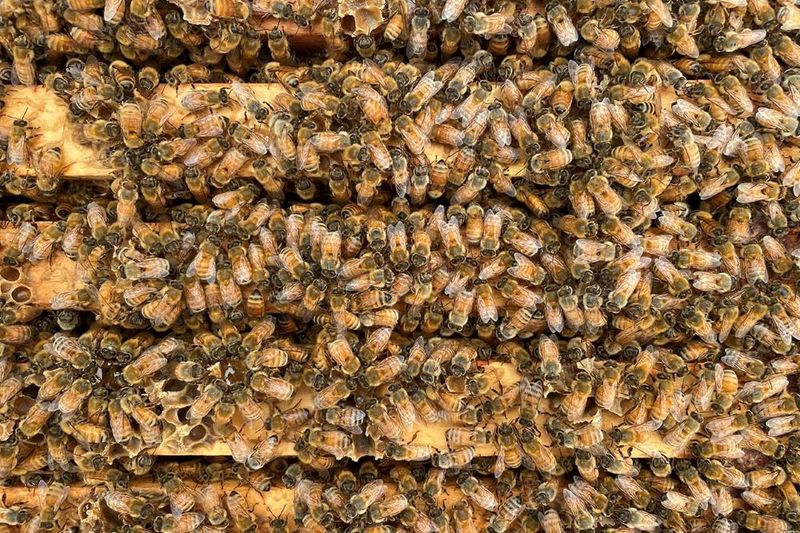
Climate control isn’t just for homes; bees do it too. In hot weather, they fan their wings to cool the hive, while in colder times, they cluster together to keep warm. This temperature regulation ensures the hive remains a safe environment for the developing brood and honey storage.
11. Diverse Diet
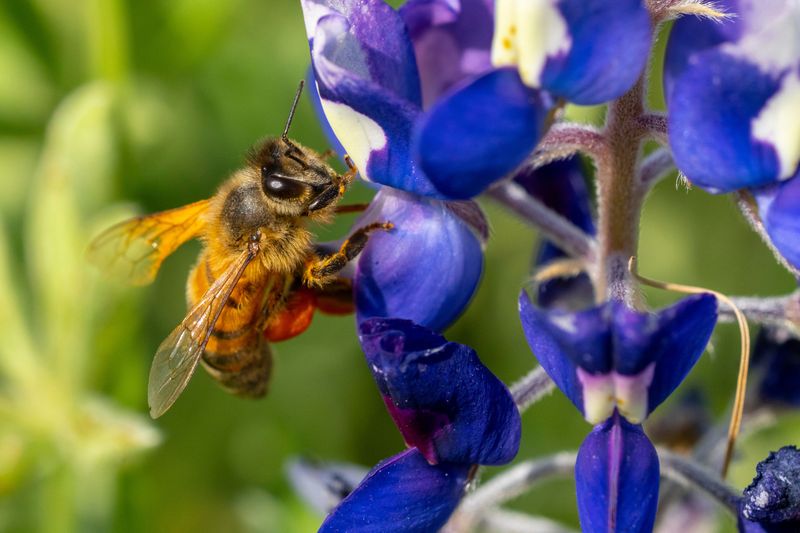
Forget fad diets; honeybees are true foodies. They collect nectar and pollen from a variety of flowers, ensuring a balanced diet. This diversity not only supports their nutritional needs but also contributes to the health of the plants they pollinate. Bees, it seems, are nature’s gourmet diners.
12. Immense Strength
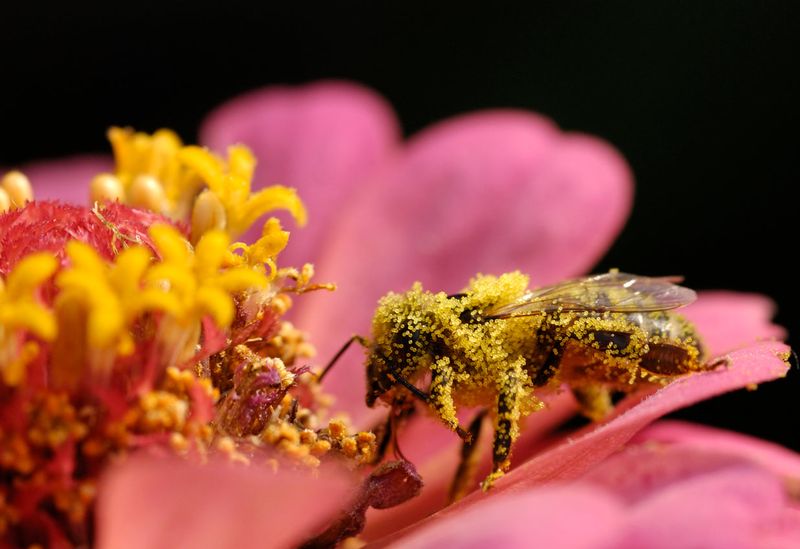
Don’t be fooled by their size; honeybees possess impressive strength. They can carry loads half their body weight in pollen and nectar. This strength is vital for transporting resources back to the hive. Their ability to haul such weights is a testament to their resilience and determination.
13. Social Structure
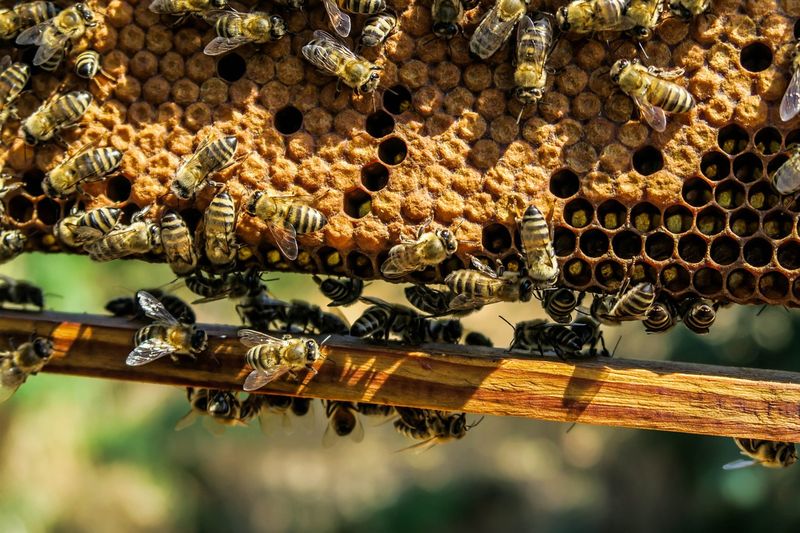
Bee society is one of order and hierarchy. The hive’s structure includes the queen, workers, and drones, each with specific duties. This organized system ensures the colony operates smoothly. It’s a fascinating example of social cooperation, showing how collaboration can achieve remarkable results.
14. Pheromone Communication
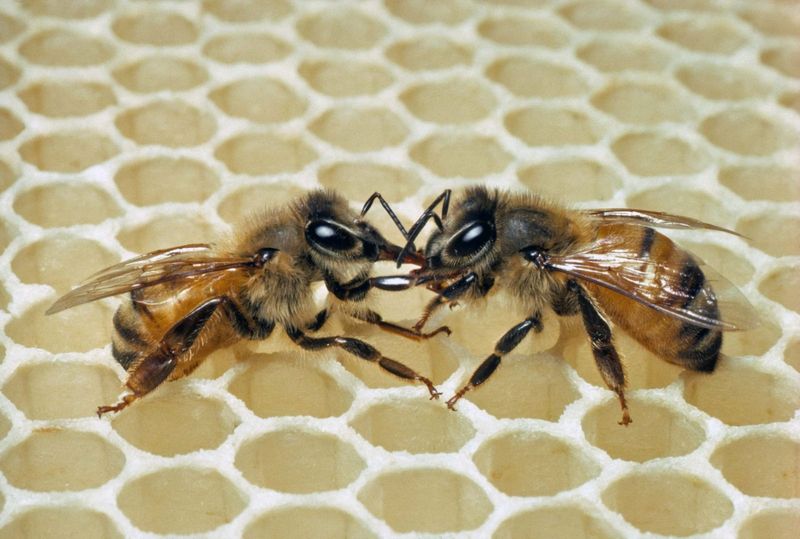
Forget smartphones; bees communicate through pheromones. These chemical signals convey messages about threats, food sources, and more. Each bee understands these signals instinctively, ensuring the hive operates efficiently. It’s a complex form of communication that keeps the colony in sync.
15. Environmental Indicators
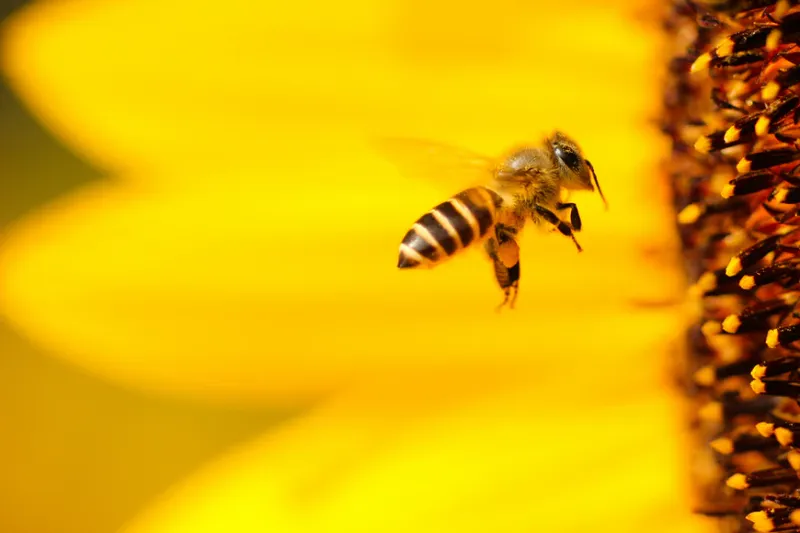
Bees are like nature’s canaries. Their health reflects environmental quality, as they’re sensitive to changes in their surroundings. A decline in bee populations often signals broader ecological issues. Protecting bees means preserving our ecosystems, making them vital guardians of environmental health.






